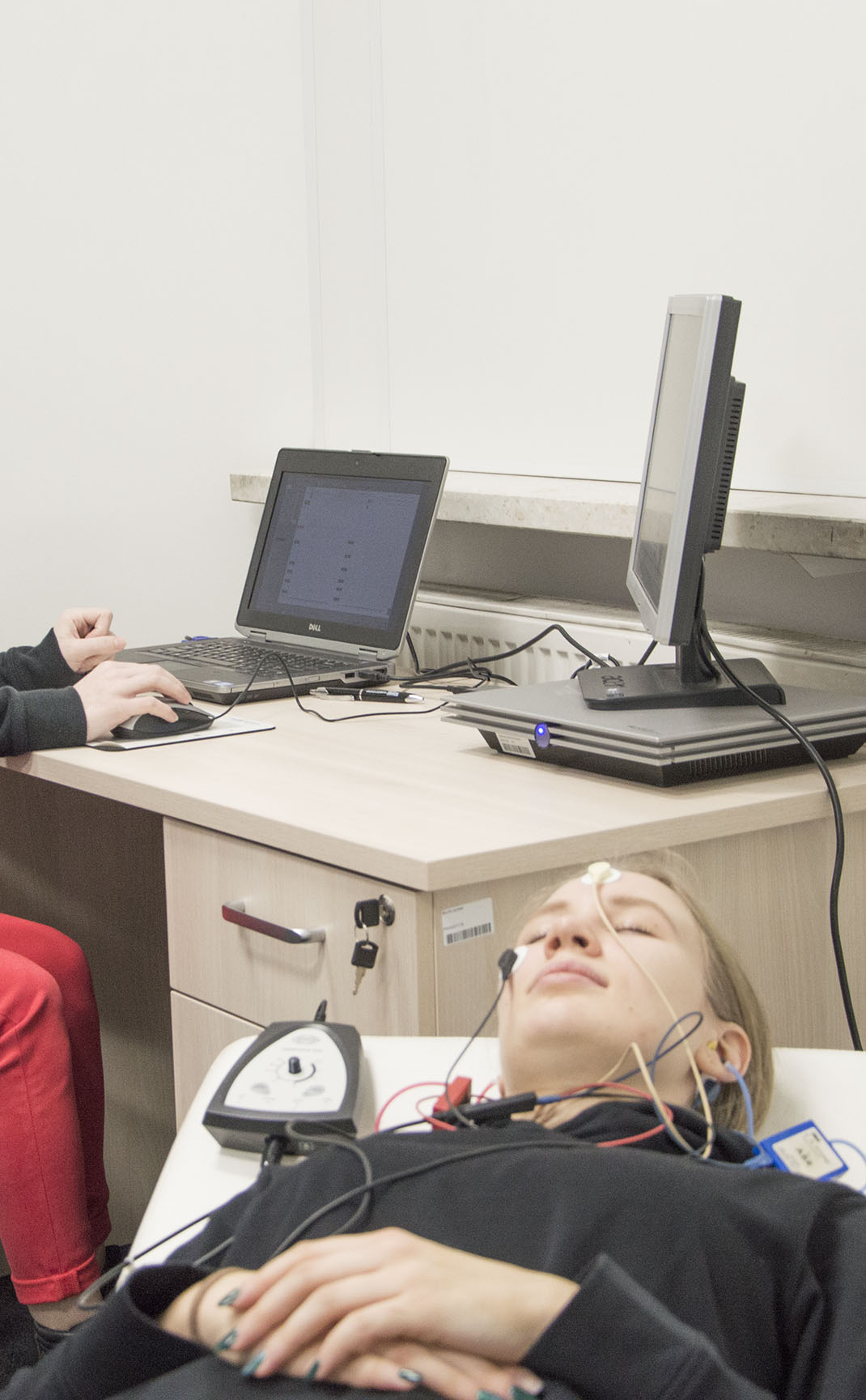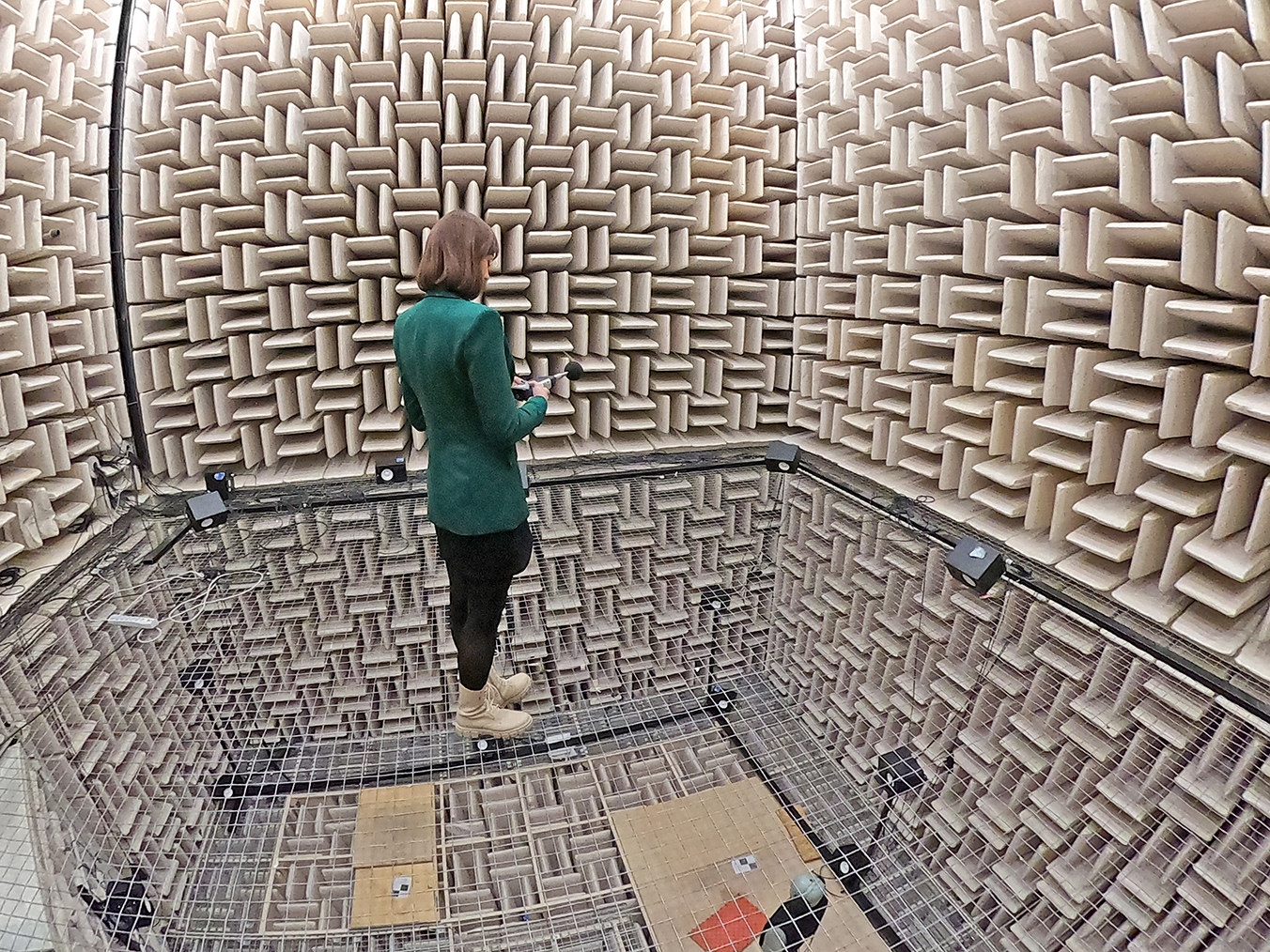Meet our specialists and equipment
base
Modern and advanced measurement equipment, operated by experienced specialists, enables precise research, supports scientific development and innovation,
allows to conduct didactics at the world level. We invite you to get to know our team and to visit the photo gallery of equipment.
AI tools
in audio work and more
In today’s world, AI technology is playing an increasingly important role in many fields, and sound production is no exception. The purpose of this seminar is to present various applications of AI algorithms in sound realization, discuss the benefits and challenges of using AI in this field, and inspire further experimentation with the use of AI
Spring = Diplomas
In the video, a recording of a diploma in Sound Direction. Here you can coolly see why the person directing sound should be musical – as is the case with our students – everyone plays an instrument, and some even play several ![]()
How to get into Sound Direction? Link under the video ![]()
currently
events, teaching, science, publications

Professor Arkadiusz Józefczak
Dear All,
I would like to share with you a very pleasant news🌸⚡️
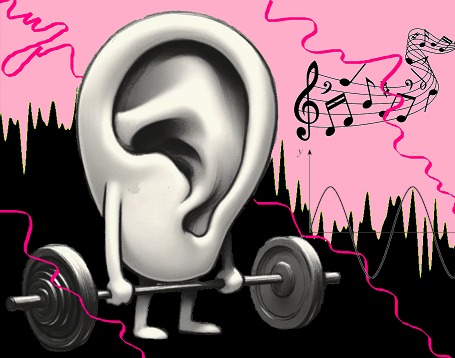
listening effort – seminar
Dear all, You are cordially invited to the next seminar of the Department of Acoustics to be held on April 9, 2024. at 11:30 am in the…

HETMAN – project summary
On Tuesday, March 19, 2024, at the Faculty of Physics of UAM, a meeting was held to summarize the HETMAN project. The project under the leadership and…

Spring = Diplomas
Spring = Diplomas In the video, a recording of a diploma in Sound Direction. Here you can coolly see why the person directing sound should be musical…
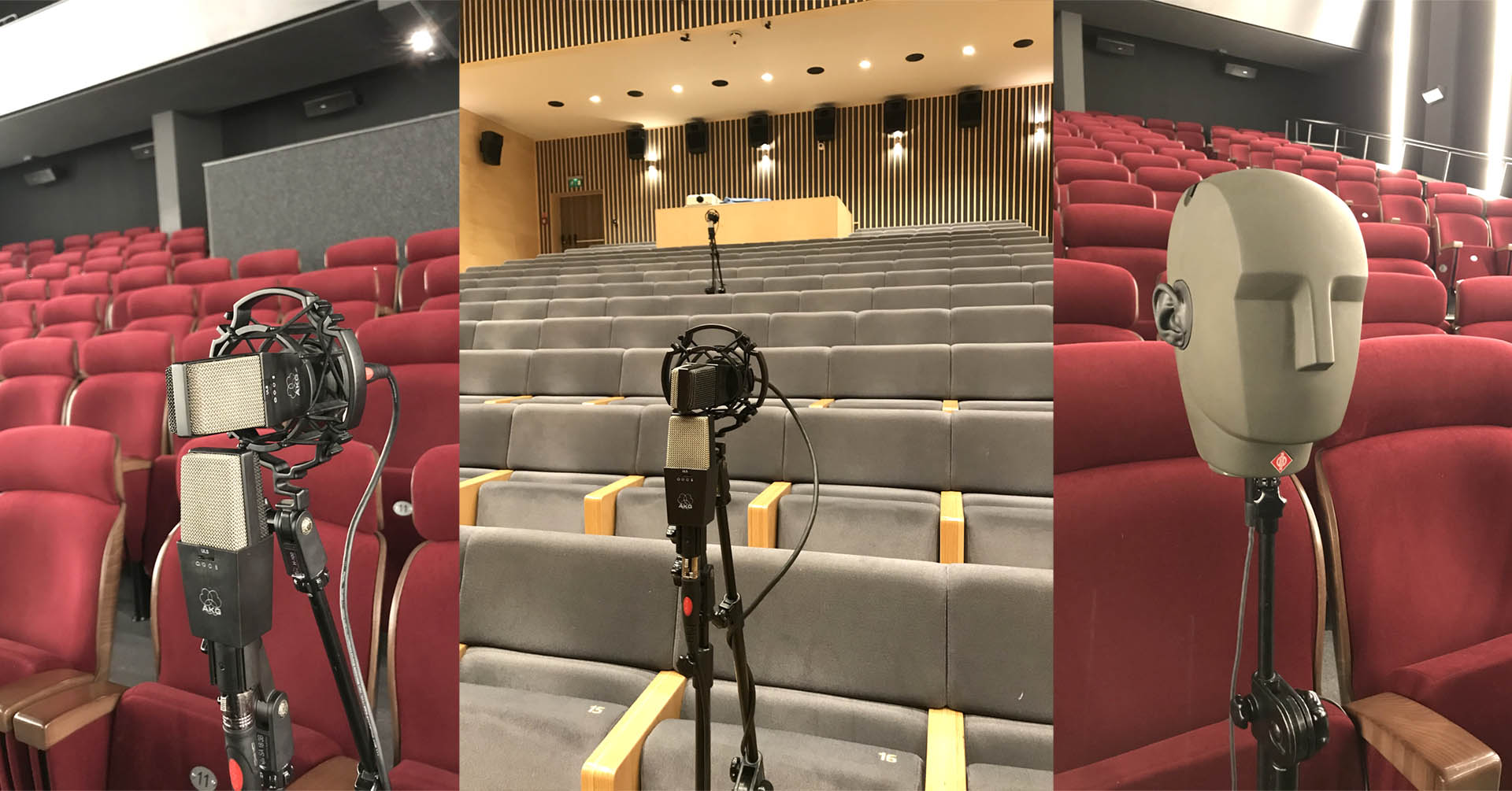
Differences in the perception of reverberation in concert halls
Dear all, You are cordially invited to the next seminar of the Department of Acoustics to be held on March 12, 2024. at 11:30 am in the…
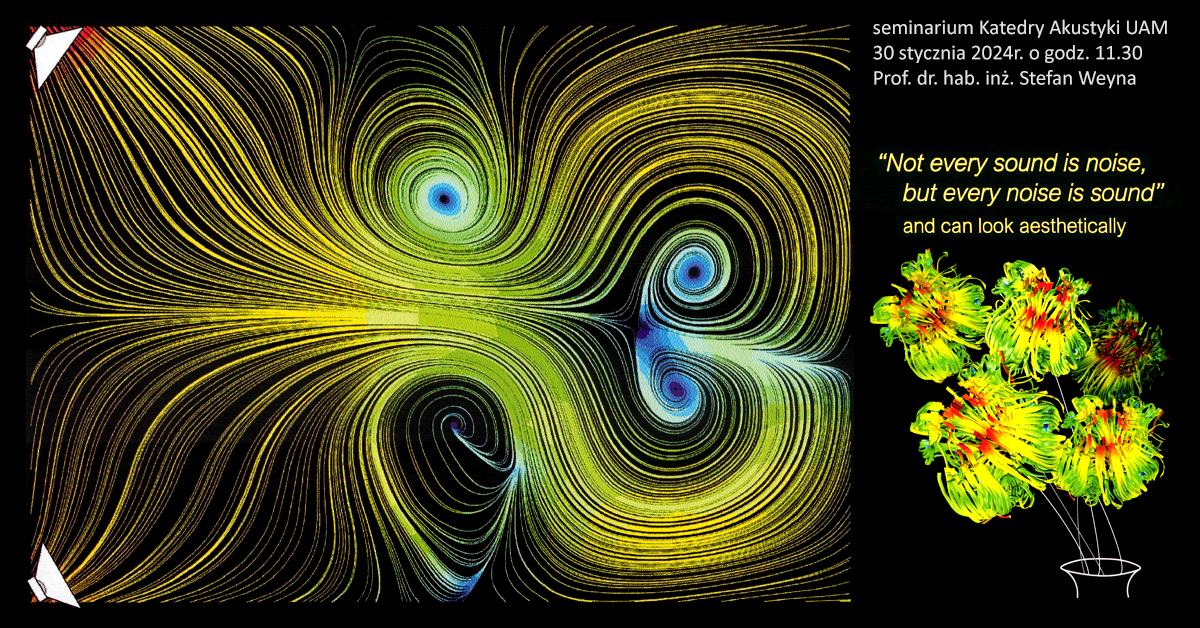
seminar Stefan Weyna
Based on the results of experimental studies of the vector characteristics of acoustic waves.
teaching of the Department of Acoustics
we teach in the following faculties:
Sound Direction, Hearing Prosthetics and Noise Protection, Acoustics, Sound and Multimedia
research and measurement instruments, laboratories
Research
selected current research and projects conducted by scientists of the Department of Acoustics
Binaural Beats
synchronous beats don’t help
Researchers from the Center for Cognitive Neuroscience, together with scientists from the UAM Department of Acoustics, have shown that commonly used sound stimuli, which by design are supposed to stimulate cognitive processes, actually impair them.
PUBLICATION | Nature Scientific Reports | (2023)13:11079
There are thousands of recordings on platforms like YouTube of acoustic stimuli used to improve cognitive processes. Extremely popular are the so-called binaural beats, or synchronous rumblings. In a nutshell, this form of brain stimulation involves delivering tonal sounds of different frequencies to each ear, which, when interacting, produce the sensation of binaural rumbling. The frequencies are chosen so that their difference reflects the desired frequency of the brain waves. People around the world listen to such prepared recordings in their own homes when they study or when they perform other cognitive activities.
For two years, Prof. Michal Klichowski and Dr. Agnieszka Kruszwicka (neuropedagogues from the Department of Educational Studies) and Prof. Andrzej Wicher and Prof. Roman Golębiewski (acousticians from the Department of Acoustics of the Faculty of Physics) carried out an experiment under natural conditions that showed that such forms of acoustic brain stimulation are counterproductive – instead of helping cognitive tasks, they dramatically impair cognitive performance. In this experiment, 1,000 people performed difficult cognitive tasks in their own homes, in some cases listening to specific sounds. These included a variety of sounds, such as music, noise, but also just binaural beats. They found that listening to binaural beats significantly worsened performance on these tasks. This is the first study on the use of binaural beats at home, so further work is needed. However, it can already be concluded that applying binaural beats to oneself may not only not help, but also harm. This could be the result of poorly chosen frequencies or too much exposure time. It is also possible that there is some neuronal mechanism behind such an inverted effect of binaural beats, which is not yet understood. Researchers at the Center for Cognitive Neuroscience have come up with several hypotheses.
One of them indicates that binaural beats somehow interfere with brain waves and lower their frequency, so that brain activity is mismatched to the task at hand. The second hypothesis refers to the fact that most of our daily cognitive tasks are highly varied, so it is not advisable to modulate only one frequency when performing them. Binaural beats thus may temporarily block brainwave frequencies that are appropriate for performing a particular part of the task.
Prof. Michal Klichowski, director of the Center
Prof. Michal Klichowski, director of the Center for Cognitive Neuroscience
An article with the results of this project has just been published in the journal Scientific Reports, one of the Nature Portfolio journals, and is available at the link:
https://www.nature.com/articles/s41598-023-38313-4.pdf


